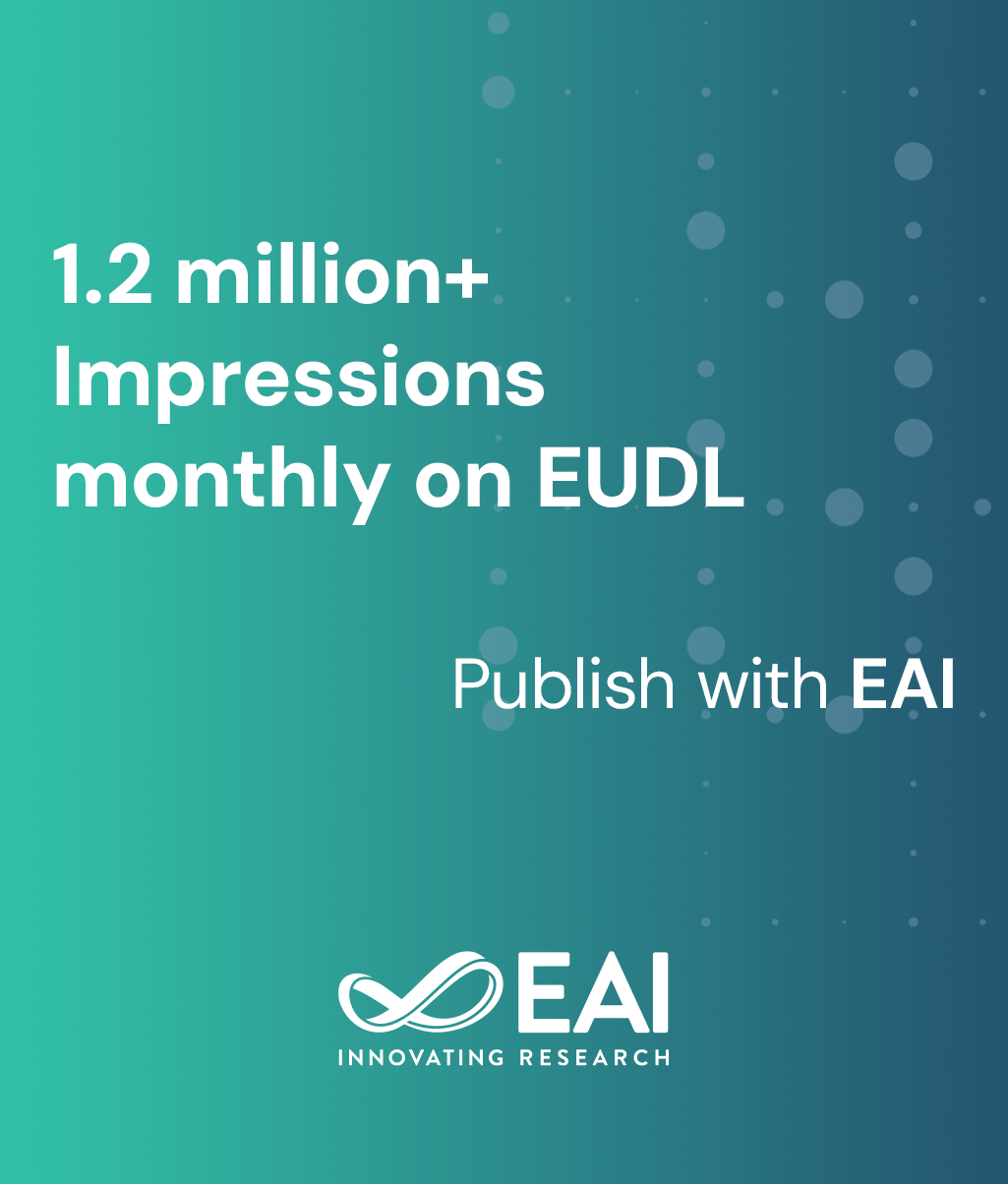
Research Article
Design and Characterization of Benzofuran-Derived Mixed Ligand Metal Complexes: Antimicrobial Properties and DNA Cleavage Assessment
@INPROCEEDINGS{10.4108/eai.13-11-2024.2355653, author={Sumathi RB and Venkata Padmaja D and Somashekar MN and Halli MB and Swati Sonkawade}, title={Design and Characterization of Benzofuran-Derived Mixed Ligand Metal Complexes: Antimicrobial Properties and DNA Cleavage Assessment}, proceedings={Proceedings of the 1st International Conference on Frontiers in Physical and Chemical Sciences: Exploring New Horizons, FPCS 2024, 13-14 November 2024, Bengaluru, Karnataka, India}, publisher={EAI}, proceedings_a={FPCS}, year={2025}, month={8}, keywords={mixed ligand complexes characterization cyclic voltammetry antimicrobial gel electrophoresis}, doi={10.4108/eai.13-11-2024.2355653} }- Sumathi RB
Venkata Padmaja D
Somashekar MN
Halli MB
Swati Sonkawade
Year: 2025
Design and Characterization of Benzofuran-Derived Mixed Ligand Metal Complexes: Antimicrobial Properties and DNA Cleavage Assessment
FPCS
EAI
DOI: 10.4108/eai.13-11-2024.2355653
Abstract
Metal complexes following the formula [Metals(L)(L')Cl₂] (1–6) were prepared, with M being Copper (II), Cadmium (II), Cobalt (II), Zinc (II), Nickel (II), or Mercury (II). The ligand primary (L) was obtained by the condensation of benzofuran-2-carbohydrazide with piperonaldehyde, and the secondary ligand (L') is 1,10-phenanthroline (phen). The structures of the compounds were confirmed through various analytical techniques. The complexes exhibit non-electrolity which is confirmed from the molar conductivity measurements. The antimicrobial activities were evaluated for all synthesized compounds against selected fungal and bacterial strains using the agar diffusion method. Metal complexes exhibitited enhanced activity than the ligand. The DNA cleavage studies is done by gel electrophoresis technique. Redox characteristics were examined for Cu+2 complex.


